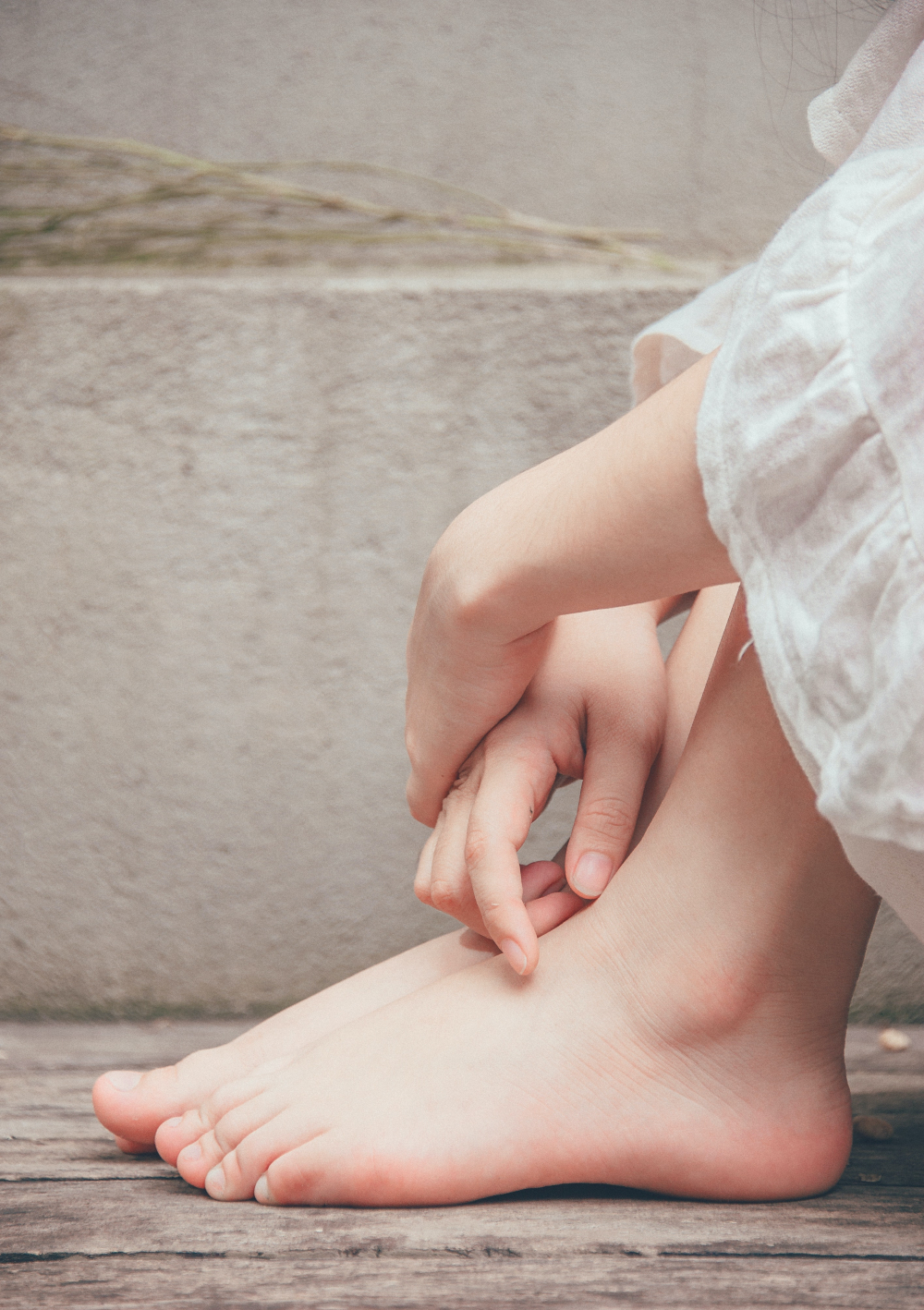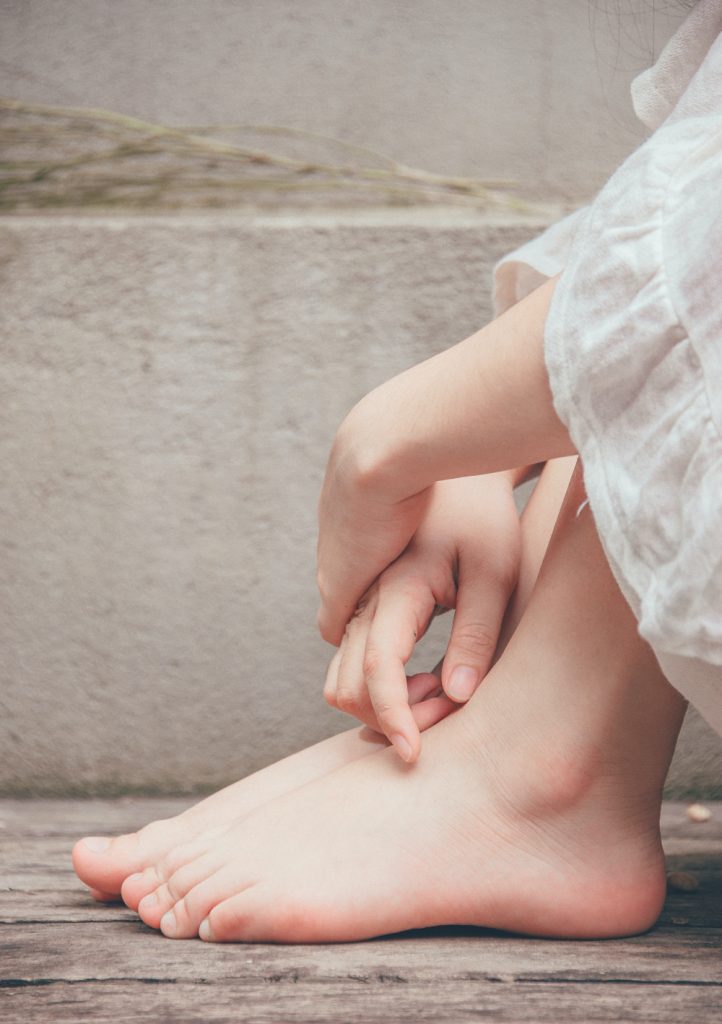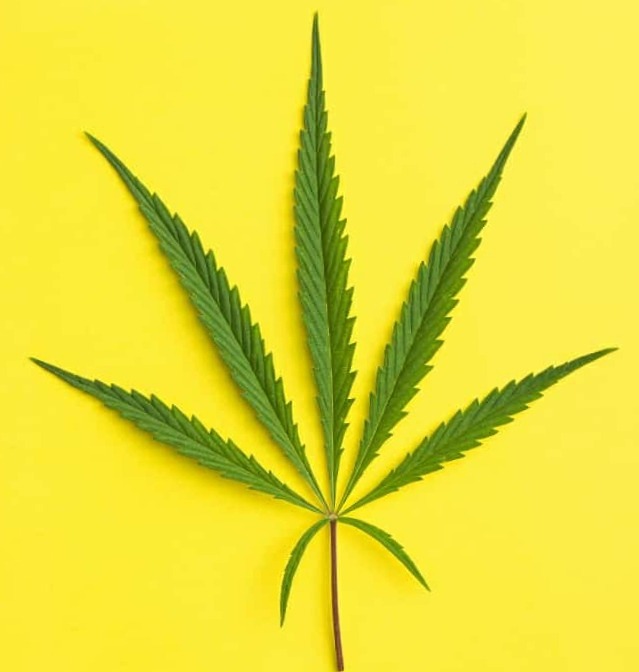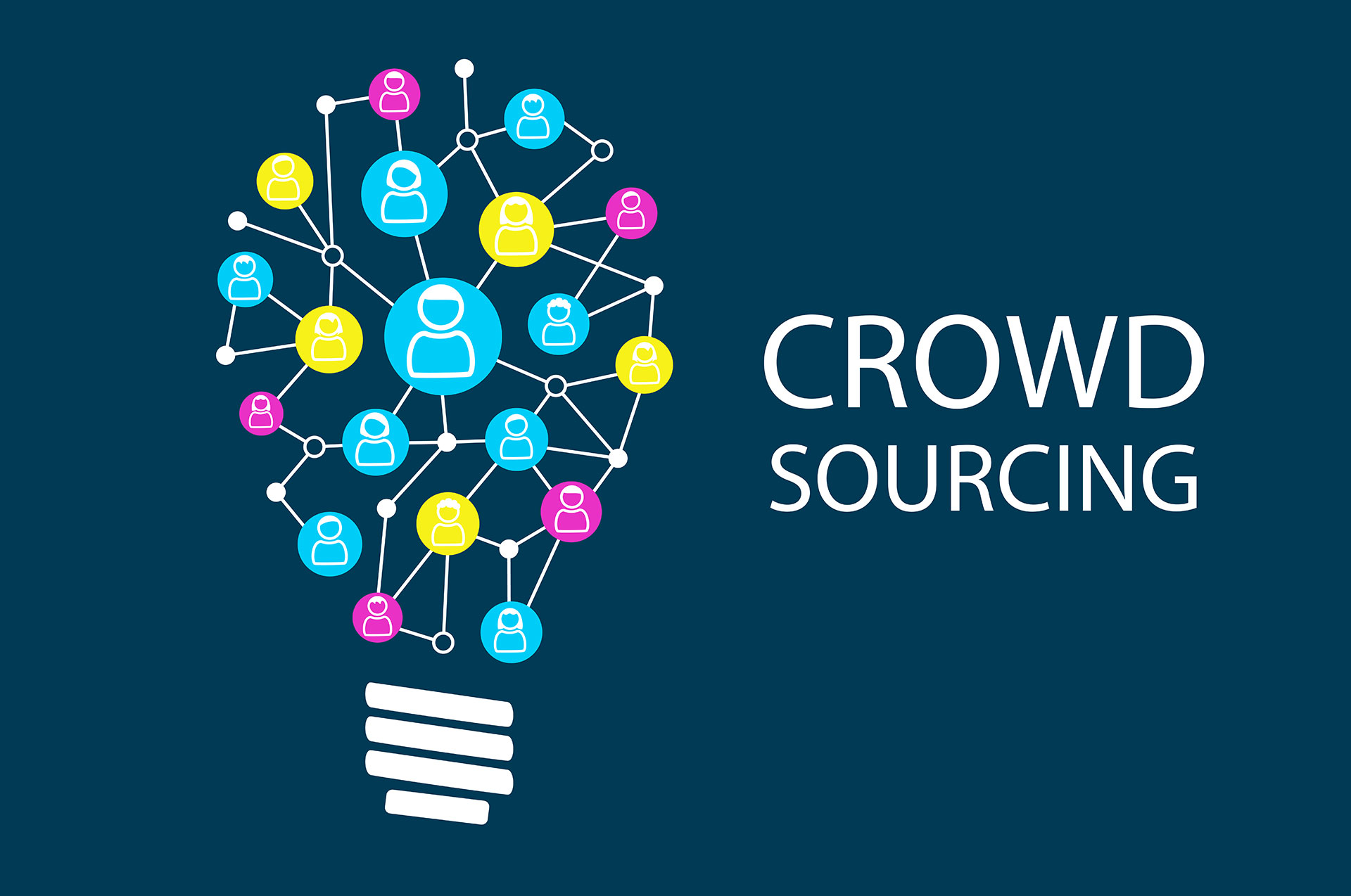IMAGE SOURCE: PEXELS
Your body is a fantastic machine. It works tirelessly to maintain your energy and healing abilities. Unfortunately, like artificial machines, they can run into problems.
Few things feel healthier than a massage, and few massage types feel as good as a foot massage! Some ancient rituals and an increasing body of medical studies also claim that massaging particular pressure points on your legs will cure disorders that affect different parts of your body.
The idea that applying weight on some parts of your legs will cure ailments elsewhere is called reflexology. It comes from traditional Chinese medicine.
Acupressure is an ancient form of physical therapy, referred to as massage, and is used in traditional Chinese medicine. The purpose of acupressure (as well as other Chinese medication) is to promote the flow of qi (‘life energy’) through 14 channels (meridians) within the body. There are the same force meridians and acupoints as those for acupuncture.
Chinese Medicine Theory notes that qi’s continuous flow through these channels is necessary to preserve their health. If this energy supply is disrupted, the body will no longer sustain the equilibrium required to maintain high energy levels and resolve health problems.
Acupressure consists of squeezing the acupuncture points to support the free flow of energy in the tube (s). Acupressure is similar to acupuncture, except the guy uses his fingertips instead of needles to work the spot.
Acupressure can be beneficial in the management of nausea and vomiting after surgery or invasive medical procedures. Acupressure can also help to relieve discomfort.
The purpose of acupressure or other Asian bodywork is to restore health and equilibrium to the body’s energy channels and control yin’s conflicting forces (negative energy) and yang (positive energy). Many supporters claim that acupressure addresses the energy fields and the body and the mind, feelings, and spirit. Some even assume that therapists can transfer precious energy (external qi) to someone else.
Not all western practitioners agree that this is possible, or indeed that certain meridians do exist. Instead, they attribute any effects to other causes, such as decreased muscle stress, increased circulation, or endorphin enhancement, regular pain relievers.
Much research has not been conducted to chart the effects of acupressure, but some have been done. According to the National Cancer Center, several small trials have found that acupressure has helped cancer patients alleviate exhaustion and nausea. Many patients say acupressure has also helped with pain, fatigue, and anxiety, but no thorough study has been performed with cancer patients recording these outcomes.
Acupressure should not be used as the primary remedy for medical disease or chronic illness, nor in addition to treatment by a licensed physician.
Sometimes, these issues are treated through medicine or, in a worst-case scenario, surgery. However, that’s in modern times. Before there were elective procedures or pharmaceuticals, many societies, like the Chinese, relied on pressure points to relieve pain and suffering.
The role of acupressure has been a pillar in traditional Chinese medicine for more than 2000 years, and it is still in use today as frequent as it was back in the day. This is a testament to its usefulness in the treatment of disease and pain. Acupressure is simply a way of transmitting a signal to the body (by needle or other means) to ‘turn on its self-healing or regulating mechanisms. Normally, Qi (vital energy) circulates through the body’s normal channels called meridians. Blocking this movement or imbalance in Yin and Yang may cause sickness and pain. Acupressure seeks to remedy functional imbalances and return the body’s rhythm to a more normal state of well-being.
Acupressure is an essential method of stimulation used to aid muscle relaxation. If performed daily, this self-massage technique will sustain improvement and minimize the recurrence of symptoms. Be gentle and persistent when doing acupressure.
How Many Pressure Points? There are 35 pressure points on the human body. Some are in the head and the hands. A total of 15 points are based on your feet.
The simple approach to stimulate these points is to press the finger tightly in a rotary motion or up-and-down motion for a few minutes at a time. It is advised that you use this knowledge under the supervision of your doctor.
How to do acupressure?
- Use deep and firm pressure to massage any spot, remembering that firm should never be painful.
- Lay down in a comfortable position while massaging acupoints, shut your eyes, and breathe deeply and calmly.
- Repeat the massage as much as you like; there’s no limit on the number of times a day.
Besides massaging these points on your own, someone can also help you massage these points.
The pressure is always elevated for about 30 seconds, kept constant for 30 seconds to two minutes, and then steadily decreased for 30 seconds. It’s typically repeated three or five times.
For example, discovering “P6″—primarily used to relieve nausea and vomiting—turns your arm palm up. Make sure to place your thumb in the middle of the wrist crease (where the hand meets the wrist), then shift two finger-widths towards the elbow. The point is between two critical tendons.
There are ways to reach all of them at once. You could utilize a Shiatsu foot massager from stores like Zarifa USA. While it does the job, it doesn’t help you determine what pressure points help the most.
For that, here’s a quick list of the three pressure points on your feet that you should pay attention to.
Arches
The arch of your foot extends from its heel to the toes. You can generally see this when you place your feet flat on the ground. For most, you’ll see a small space between the two areas.
Arches help support your weight as you walk or run. They are also a pressure point to relieve lower back pain. For this to work, you want to use warm oil or other lotion to coat your arches. Then, move your thumbs from the heel to the toes in short strokes. This hits several pressure points that release the pain in your back.
The points within your arches also help relieve general discomfort. For this to work, you want to roll a tennis ball with your foot. Press down when you find a sensitive area. Wait for five seconds or until it softens.
The Ball Of The Foot
The ball of your foot is in a padded area slightly below your toes but before the arch. It is the source of a pressure point that helps relieve many issues. In particular, those related to mental conditions like anxiety.
To help relieve those, you need to locate a small depression that’s right below the ball. Next, place your thumb in the depression. Hold the top of your foot with one hand while you massage the space with your thumb using small circles.
This pressure point also works to minimize other conditions. For instance, massage stimulates your body to prevent insomnia and night sweats. If you have a panic attack, placing pressure on your foot’s ball area reduces heart palpitations.
Applying force on the side of your foot near the ball corrects abdominal problems. These include bloating, vomiting, and bowel issues.
Ankle
Pressure points around the ankle work on several fronts to ease pain across your body. Massage a spot between the top of your ankle and the Achilles tendon, and you can feel relief from a sore throat or arthritis.
Another pressure point is located on a bony bump on the lower part of your ankle. Massage in this area works similarly to the depression near the ball of your foot. It reduces anxiety and also improves patience. You can stabilize this mood and enhance your resilience by applying pressure to a point an inch below the bony bump.
As you can see from the examples, your feet are a true gateway to healing. By applying pressure to various points, your mental and physical issues can be minimized or even eliminated.
Of course, this isn’t certain the first time. You may need practice and patience to find the right points on your foot. Don’t give up. The more effort you give, the better results you’ll have.
Acupressure is never meant to be uncomfortable. If you have some suffering, tell your therapist right away. Some people can experience soreness or bruising at acupressure points following an acupressure session. You can also feel lightheaded briefly.
Pressure can be soft on delicate or vulnerable areas, such as the ears.
If you are breastfeeding, speak to a health care provider before you attempt acupressure. Usually, acupressure is not performed on the belly or any points of the leg or lower back during labor. Acupressure should not be performed on open wounds, cuts, varicose veins, or any area that is sore or swollen.





